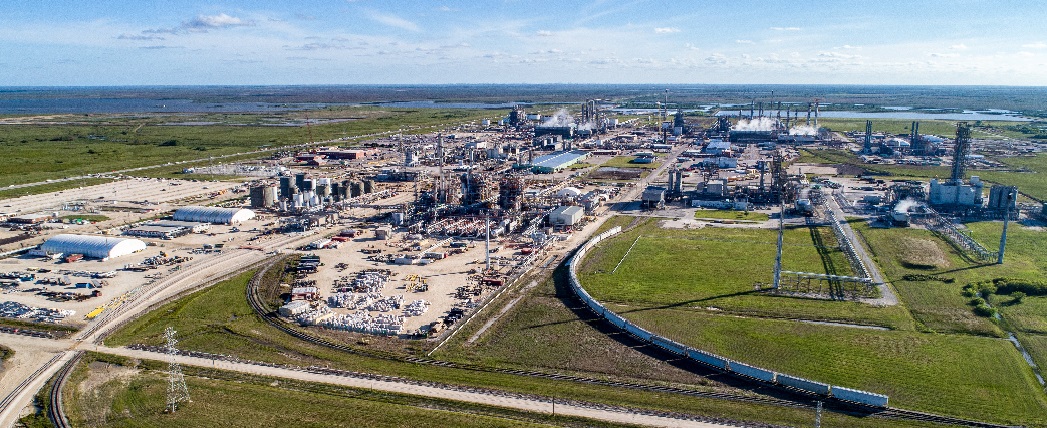
Ineos Oligomers announced this week the startup of its new 120,000-metric-tons-per-year low viscosity polyalphaolefins unit at its facility in Chocolate Bayou, Texas, and a phased expansion to add 50% production capacity at its high viscosity PAO unit in La Porte, Texas, fully effective by mid-2025.
Touted as the world’s largest single PAO train, the Chocolate Bayou unit complements the company’s existing units in La Porte, Texas, and Feluy, Belgium. “Our new LV PAO unit comes at the right time to fulfill increasing needs from the lubricant industry for low-viscosity, low-volatility engine oils, electrical transmission fluids and heat transfer fluids for data servers and electrical batteries,” Peter Steylaerts, INEOS Oligomers business director, said in a press release. The unit also brings technology that allows a step change in production efficiency, the company said.
Originally announced as a final investment decision in December 2017, the new Chocolate Bayou low-vis PAO unit is fully integrated into Ineos’ production of linear alpha olefin, the raw material used for PAO. Its feedstocks are also supplied from an adjacent 420,000 t/y LAO unit that started up in 2020 and from the company’s LAO unit in Joffre, Canada.
According to Ineos, low-viscosity PAOs are used in various lubricants, including engine oils, gear oils, transmission fluids, hydraulic fluids and greases. They offer excellent thermal and oxidative stability, better flow properties and better energy efficiency, leading to reduced fuel consumption, reduced emissions, less frequent oil changes and improved reliability of machineries. This type of PAO is also used in other applications, such as processing aids, polymer modification and cosmetics.
The Chocolate Bayou unit’s production is based on a metallocene high viscosity PAO technology. Metallocene polyalphaolefins, commonly known as mPAOs, are a category of hydrogenated olefin oligomers that are manufactured by the catalytic polymerization of normal alphaolefins. Producers have touted metallocene polyalphaolefins as a top contender for use in wind turbine lubricants, noting that these synthetic base stocks have demonstrated the ability to extend the life of the lubricant and the equipment in which it operates.
The expansion of the high viscosity PAO unit in La Porte will help meet the significant demand for its use in lubricant formulations for wind turbines and other industrial applications, the company said. According to Ineos, the unit was originally built with a nameplate capacity of 20,000 tons per year but was engineered to allow efficient expansion to support anticipated sales growth. It was debottlenecked for the first time last year to bring capacity up to 25,000 t/y, the company said, and will expand again to almost 40,000 t/y.
With its world-scale capacity expansions in both low-viscosity and high-viscosity PAO, together with their corresponding LAO feedstock, the company has secured the growth aspirations of its customers for many years to come, Ineos Oligomers CEO Joe Walton said. “These investments are a component of the ongoing Ineos Oligomers’ ‘organic’ growth strategy that will ultimately double the size of our business,” Walton added.
Ineos is one of the world’s largest PAO suppliers, along with ExxonMobil and Chevron Phillips Chemical.